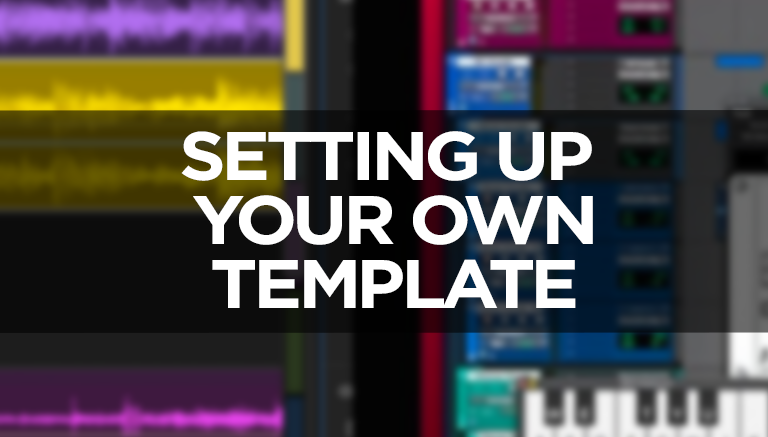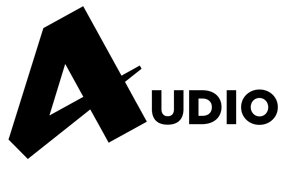Setting Up Your Own Template

How to start setting up your own template for branding production
by Jon Young (Capital Sound Designer/Award-Winning Library Composer) @scottyoungvo
I get asked this a bunch…How do you get your production to sound like that? What’s your master chain? Etc Etc.
It’s years of learning the craft, knowing a brand, and understanding plugins. It’s not a magic machine that makes your production sound super hot. So I’m gonna go through my process of creating a template for branding production.
First off, start with your basic VO channel and do the time-honored process of EQ, compression, and limiting. Now I’m not running through exact numbers for ratio, or where to cut frequencies, as every voice is different and needs to be processed as such. Just make sure your vocals don’t sound too squashed (compressed) at this point.
I then run these into a VOX bus and give them more compression, EQ out some wild frequencies, gate to stop any unwanted noise coming through, then add some reverb and one more limiter. Again, don’t squash those vocals. Get them punching through with EQs more than pushing the compressors and limiters. And to be honest, that’s the hard bit done (in my opinion).
Now when adding different effects to your vocals like chorus, distortion or filtering, there’s a couple of ways you can map these parts. First, copy the VO channel you’ve created and add effects after the limiter. What you’ll find is that the VOX bus should still be keeping the levels of the VO up without losing much. Just A and B your first channel with the new effects channel to make sure that they stand up against one another.
With chorus effects be careful of phasing and losing that punch you need. Alternatively, you can use sends in the same way as above, but have the effects mapped to a different aux channel. It works in the same way, but you can adjust levels without affecting the main channel.
From here on out, you just need channels that let you add music and sound design. For this, all I do is add a limiter to the channel, set the threshold to -0.1, and the ceiling to either -10db or -12bdb. This should give enough punch from music/sound design without losing anything on the vocal side of things. You can EQ channels for certain sound design e.g. take a little off the high frequencies and mids for impacts, but this is all preference.
The most important thing to remember is head room. Your mix before mastering should have enough space to then give it that final tweak and really make it stand out. I usually aim for -5db or -6db on my levels before mastering. It’s not gonna be bang on each time but if you can get it in the ballpark there…winner winner chicken dinner.
I’m not gonna go into the master for the time being, but I will say this. Mastering isn’t making what you’ve done sound better magically. You’re looking to ‘turn up’ what should sound amazing already. Don’t brick wall your audio now, use multiband compressors and EQs to enhance everything subtly and then that final limiter should be pushing to 6db on the output.
This is just my method, but I hope this is a starting point for you, to go and get inspired to create your very own template & sound.
